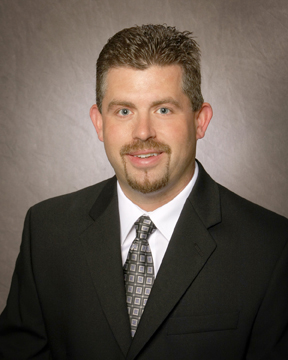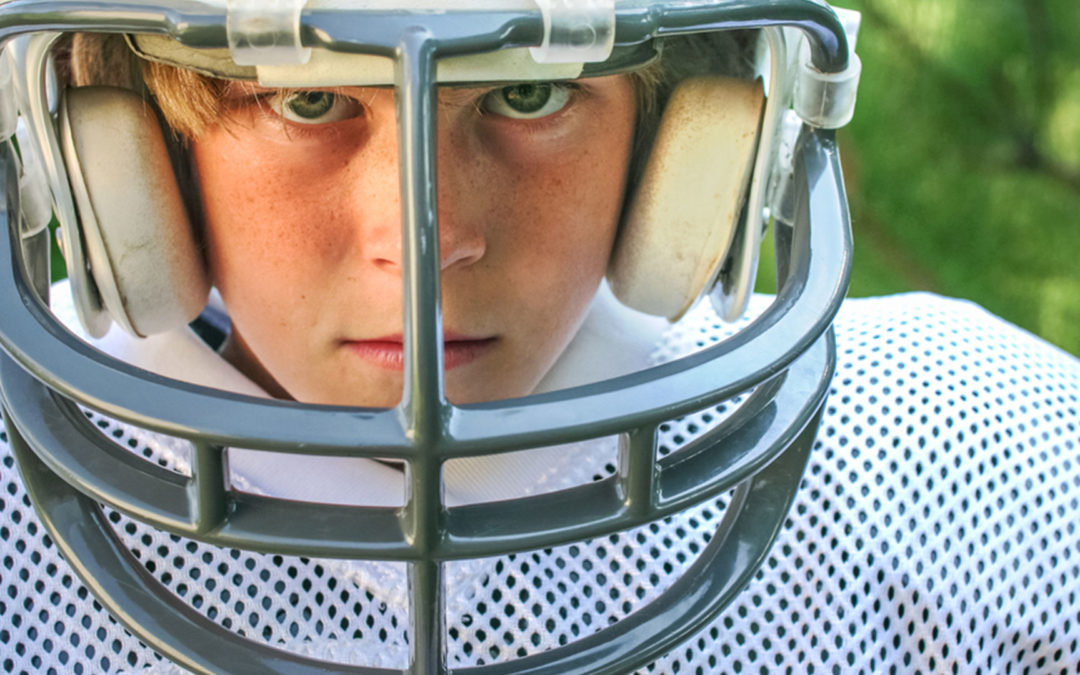What Is a Concussion?
A concussion is a brain injury caused by harm to the head or whiplash causing violent movement of the brain within the skull. This serious injury needs immediate care to prevent further injury and possible death. A concussion is often associated with impact sporting injuries; however, any activity that causes injury to the head such as a fall down the stairs or off a bike without a helmet can lead to a concussion.
What Signs Should I Look For to Determine If My Child May Have a Concussion?
If your child has suffered an impact to his/her head and experiences the following, there may be a risk:
- Seems dazed and confused
- Is forgetful or can’t remember things, seems uncertain
- Shows personality changes
- Seems sluggish, slow, or clumsy
- Has a glazed look or unequal pupil size
- Headache or pressure in head
- Nausea or vomiting
- Balance problems
- Sensitivity to light or noise
- Changes in sleep patterns
What Immediate Actions Should I Take If a Concussion Is Suspected?
- Do not let your child participate in any physical activity, as this could risk further impact.
- Seek care with your family doctor or at an emergency department.
- Limit or avoid strenuous mental and visual exertion.
- Avoid loud noises.
- If your child participates in a sport, notify the coaches and school.
- Follow “return to play” and “return to learn” protocols.
- Return to activities and sports only when your doctor grants permission.
What to Do Following a Concussion
If your child has experienced a concussion, do not allow participation in any physical activity until ALL signs and symptoms have been completely gone for a minimum of 48 hours. Then, for the next five to seven days, allow your child to slowly return to activity.
Once a child has had a concussion, it is extremely important to take steps to prevent future concussions, as any future concussions can increase the severity of health concerns.
Take Proactive Steps: Testing for Athletes Can Help Identify Risks
By establishing a normal neurocognitive and baseline evaluation prior to injury, the chance of re-injury or second impact syndrome greatly diminishes. This way, concussions do not become repetitive, and returning athletes back to physical activity becomes much safer with less guessing.
Through the use of advanced technology, athletic trainers and teams are taking preventative measures to diminish the risk of re-injury after an initial concussion. Athletes 12 years or older can now undergo baseline and post-concussion testing using neurocognitive tools such as ImPACT testing. Your child takes this test on a proctored computer at a testing center. A qualified health care provider may also use pen and paper evaluation and baseline measures such as SCAT2.
Questions?
If you have any questions, talk with your child’s coach or contact Corey Courtney at 402-499-4834.

Corey Courtney
Health Expert









